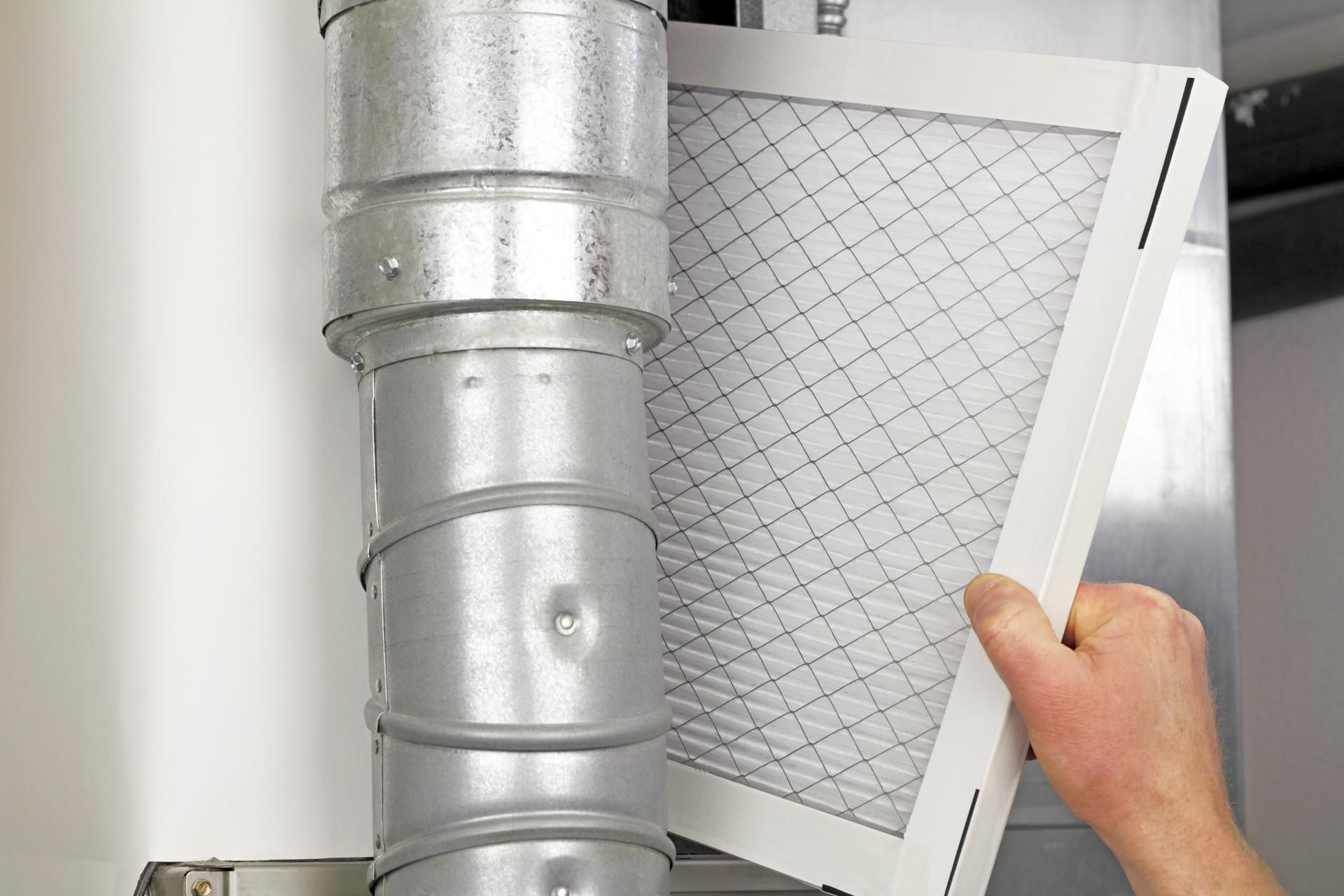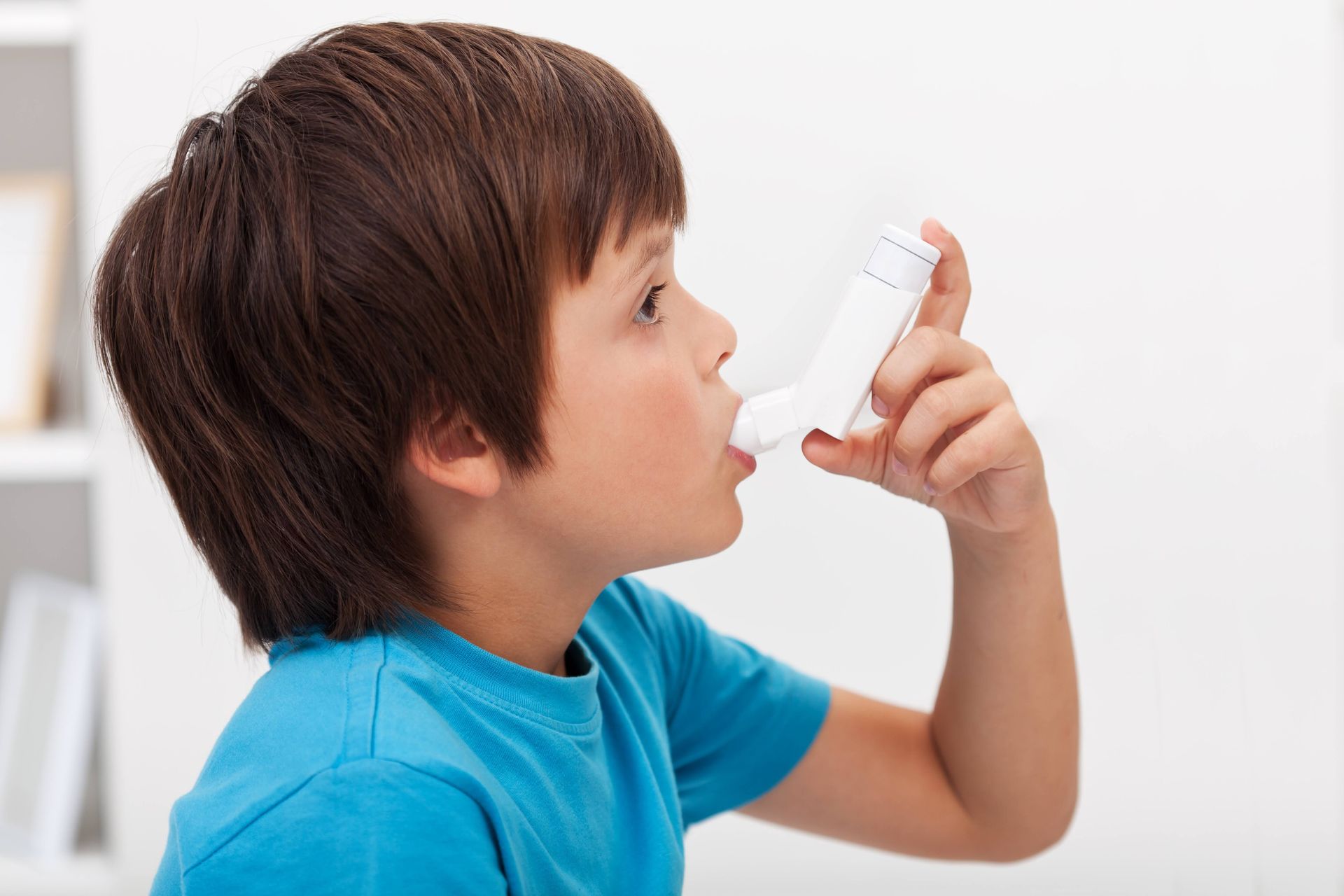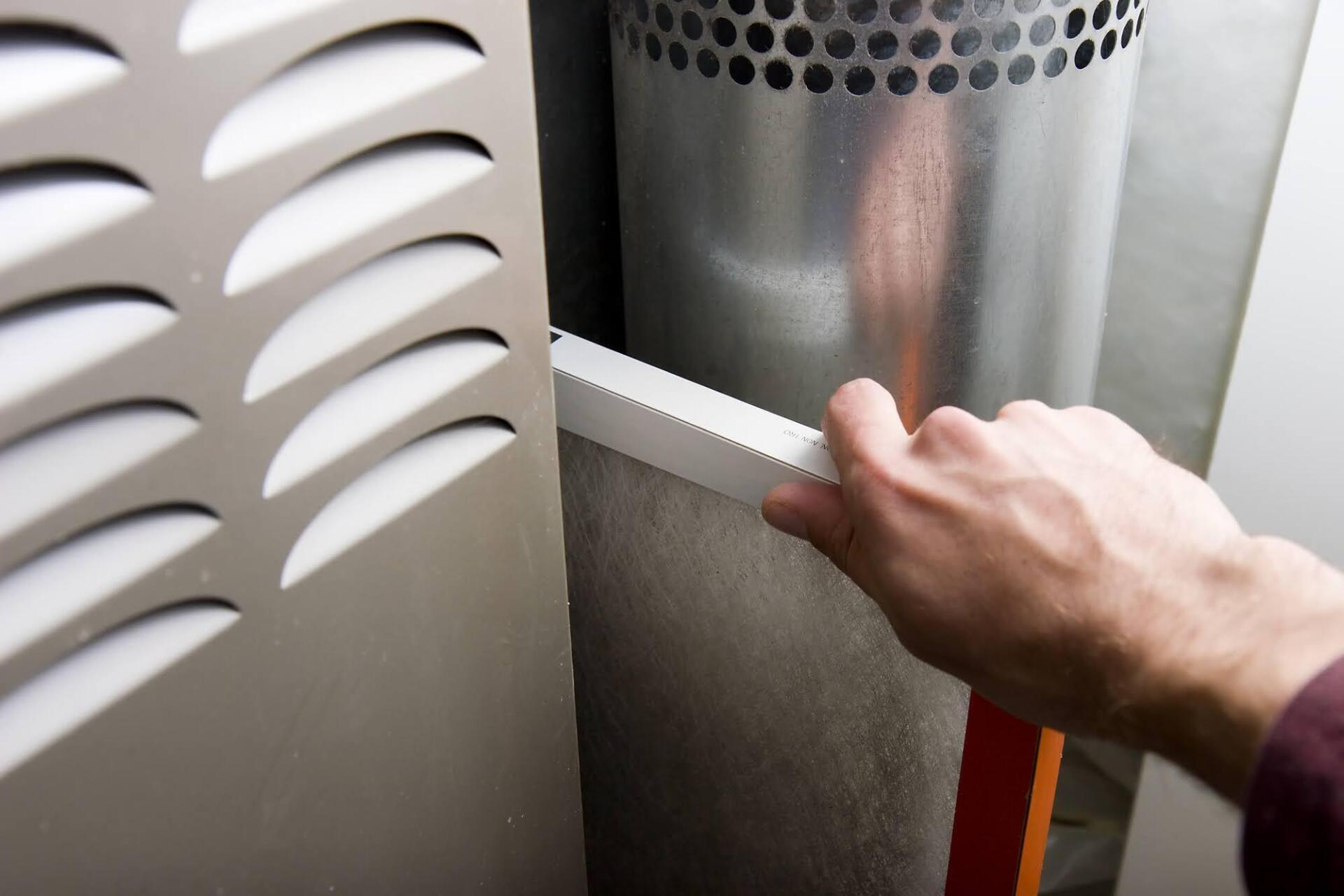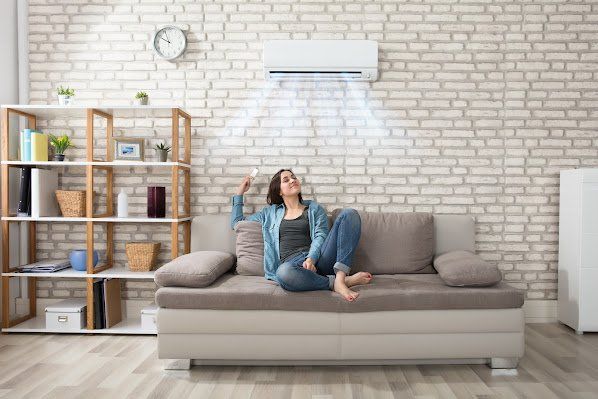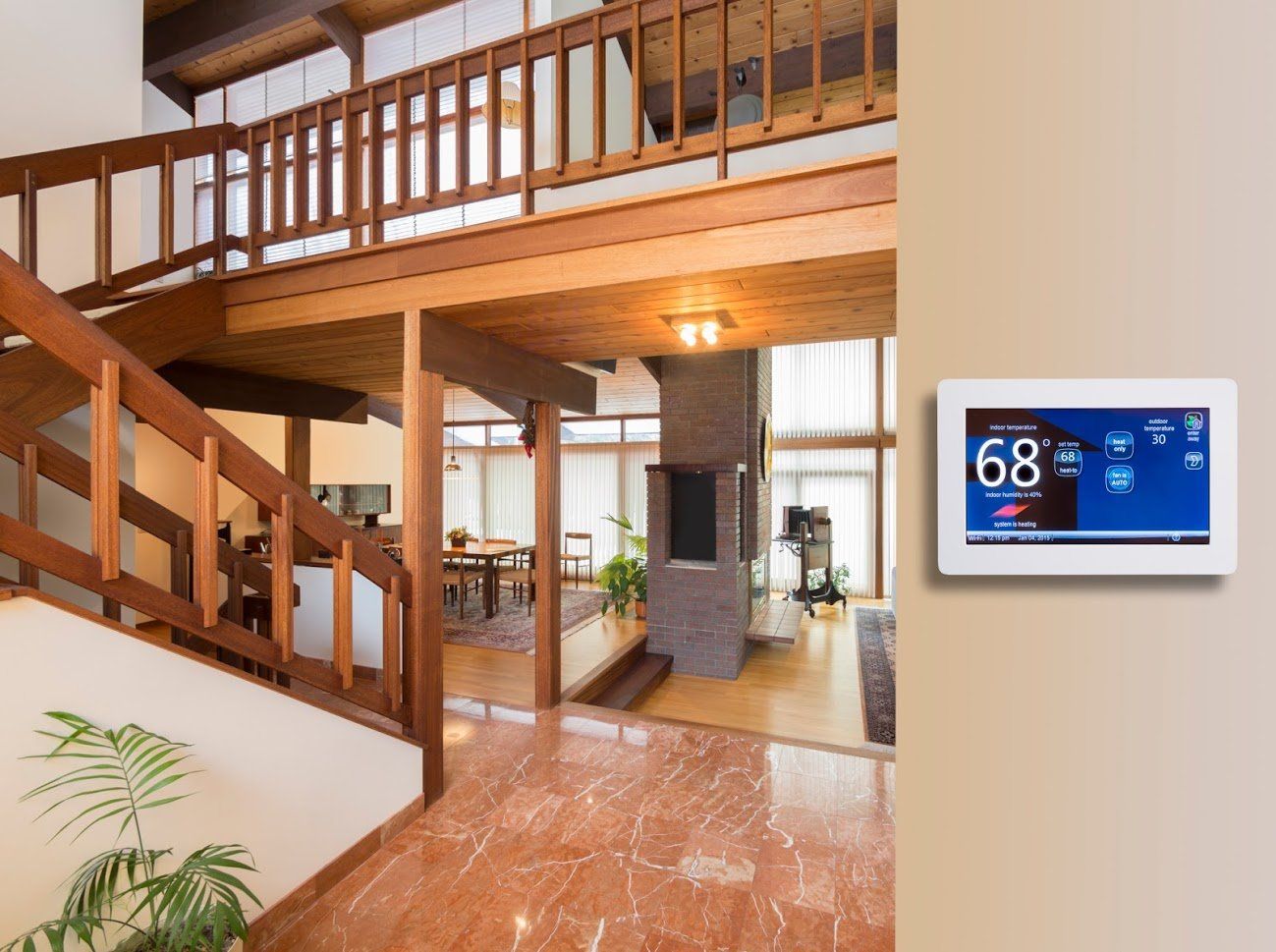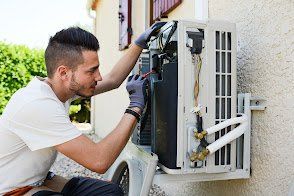HVAC Considerations for a Converted Home Office
Admin | July 1, 2020
HVAC Considerations for a Converted Home Office

Home offices have become more popular in recent years. Entrepreneurs like the convenience of a commute measured in feet rather than miles. What's more, a home office is an excellent way to cut costs related to rent. If you can convert the garage into a home office, or have a built-on addition, you'll have a spacious area to run your business.
The one downside is that the garage or new addition isn't often hooked up to your house's HVAC system. Don't let that fact deter you from the conversion. Find out the important considerations and HVAC additions for extending your system into your new home office.
Heating and Cooling System Size
Manufacturers often size furnaces and air conditioners according to BTUs (British Thermal Units), which relates to the amount of energy needed to heat or cool one pound of water by one degree Fahrenheit. They also can relate it to tons, with one ton equaling 12,000 BTUs per hour. When HVAC specialists install a new system, they measure your home and correlate that to the system size.
Naturally, when you add on the square footage of an addition or garage conversion, you increase the overall area that needs heating and cooling. If the system is too small, the unit will run on overdrive and eventually wear out. Likewise, your utility bills will be high, and you probably will suffer from uneven temperature control.
Therefore, an HVAC specialist will have to measure the new area and inspect your current system. You may have been on the low end of your units' capacities, so the existing system may be adequate. If your added square footage puts your home outside the units' capacities, you'll probably have to invest in a new system or explore other heating and cooling options.
Ductwork Extension
Your system's ability to heat and cool the added space is a moot point if you don't have a conveyance method. Central HVAC systems sent the conditioned air through a network of ducts inside your walls. If you plan to build a new home addition, the contractors might be able to extend the existing ducts into the new wall, depending on the layout of your current ducts.
A garage conversion makes matters trickier since the walls already exist and they likely don't have ducts. The HVAC specialists will have to examine your existing ductwork. Ducts often get smaller as they branch out throughout the house. Therefore, the ducts nearest the garage might not be sufficient. The techs may determine you need to tap into one of the larger ducts deeper in the house.
The contractors will likely install the ducts into the garage ceiling under the baseboards. You can leave them exposed. However, exposed ducts might not look professional enough, especially if you'll see clients in your home office. In that case, you'll need a drop ceiling. Obviously, you need to install registers too. Make sure they're spaced out for comfortable heating and cooling.
Programmable Thermostat
Many modern homes feature a programmable thermostat. Homeowners prize these devices because they can keep heating and cooling costs down. You program the thermostat to heat or cool when it's most needed. At other times, it maintains an ambient temperature that's not as comfortable. You program for that temperature at times when you're not home.
Your home's ambient temperature will trigger the programmable thermostat as needed. Unfortunately, an outlying room such as an addition or converted garage might not stay as comfortable as an internal room. You probably don't want to relocate the thermostat directly to your home office. However, you might move it closer for a more accurate reading.
While you make these changes, consider upgrading to a smart thermostat, which is the digital version of a programmable thermostat. It looks more modern than standard programmable varieties. It also offers modern applications such as smartphone integration. You can even set it up to send you notifications.
Air Quality
An addition or conversion doesn't necessarily impact the existing air quality. However, if you do have to replace your existing HVAC system, consider adding on to it for air quality. What you add on depends on your existing comfort.
Virginia, for example, tends to be a high-humidity state. Therefore, you might consider a dehumidifier. HVAC systems will already have a small version in the units. However, a whole-house dehumidifier can make the air feel more comfortable and cut down on the possibility of mold, including in your home office. These systems connect to your HVAC system.
The other main air quality addition is an air purifier. Like dehumidifiers, whole-house air purifiers attach to the HVAC system. It works with the system to purify the air that's heated or cooled. It can remove pollutants that cause allergies, infection, and viruses. Air purifiers can also remove odors. This is a good installation for home offices that will host clients.
HVAC for either a conversion or an addition can be tricky. However, HVAC specialists can help you with every step of the process, including the improvement of your whole house's air quality. Consult with the experts at Central York Corporation.



